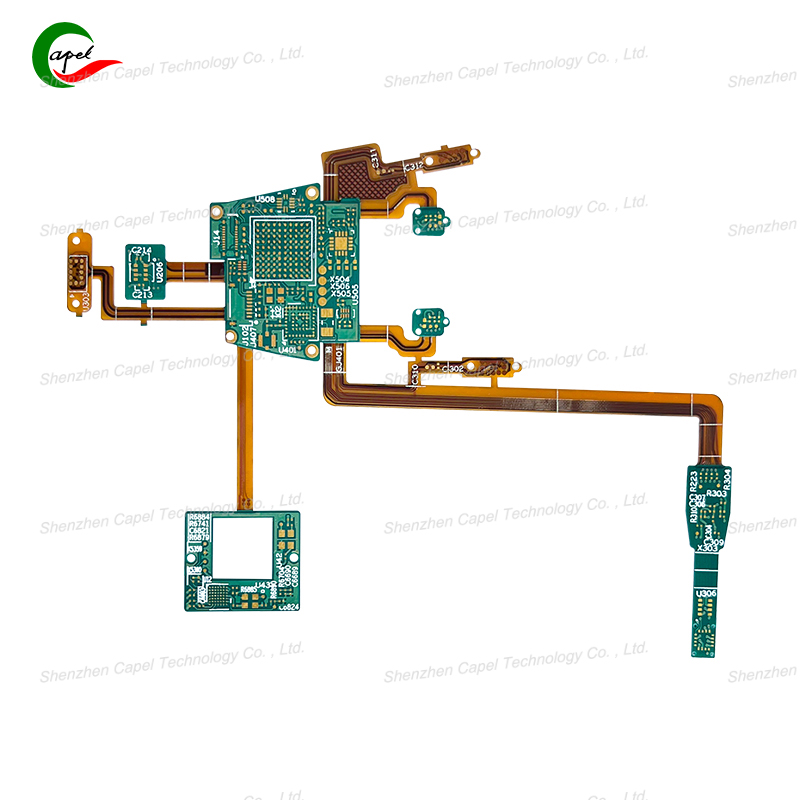As a PCB supplier, we see hundreds of faulty boards come through our doors every month. Most of the time, the issues aren’t complicated—they’re things anyone can fix with basic tools and a little patience. We’ve put together this guide to share the simple, step-by-step methods we use to fix the most common PCB problems. No fancy equipment required—just what you probably already have in your toolbox.
When a PCB won’t turn on, 9 out of 10 times it’s a problem with the power path. Here’s how to diagnose and fix it:
-
First, rule out the power supply: Plug your power adapter (USB, battery, etc.) into another device (like a phone charger or small fan). If that device doesn’t work either, your supply is faulty—not the PCB. Swap it for a working one and test again.
-
Check for loose or cold solder joints: Grab a magnifying glass and look at the power connector (where you plug in the supply) and the voltage regulator (a small rectangular component labeled with “5V” or “3.3V”). A “cold joint” looks dull, bumpy, or cracked—this means the solder didn’t melt fully and can’t carry electricity.
-
Fix it: Heat a soldering iron to 350°C (660°F). Touch the tip to the joint for 2-3 seconds (don’t hold it longer—you’ll burn the component). Add a tiny dot of fresh solder (about the size of a pinhead). The joint should now look shiny and smooth.
-
Look for broken power traces: Power traces are the thin copper lines connecting the power supply to components. Sometimes they crack (usually near bends or components).
-
Fix it: Use a multimeter set to “continuity mode” (it beeps when two points are connected). Touch one probe to the power connector’s positive pin, and the other to a component that needs power (like a microchip’s “VCC” pin). If there’s no beep, the trace is broken. Bridge the gap with a thin copper wire (28AWG works well)—solder one end to the connector pin, and the other to the component’s VCC pin.
A short circuit happens when two traces that shouldn’t touch are connected (usually from excess solder or debris). It’ll make the PCB spark, shut down the power supply, or even burn components—so act fast:
-
Unplug immediately: Never leave a shorted PCB plugged in—it’s a fire risk.
-
Find the short: Set your multimeter to continuity mode. Touch one probe to a ground trace (usually labeled “GND” or a large copper area) and the other to a power trace (labeled “5V” or “3.3V”). If it beeps, there’s a short between them. Move the power probe along the trace until the beeping stops—this is where the short is.
-
Clean the short:
-
If it’s excess solder: Use a “soldering wick” (a braided copper strip). Place the wick over the short, then touch the soldering iron to the wick. The wick will soak up the extra solder.
-
If it’s debris (like a tiny wire or solder ball): Use a toothpick or small plastic pick to gently scrape it away. Don’t use metal—you’ll scratch the traces.
If a component (like a resistor, capacitor, or regulator) gets hot fast, it’s working too hard—usually from a wrong part or a shorted load.
-
Unplug first: Overheating components can melt nearby parts or damage the PCB.
-
Check the component value: Look at the part’s label. For resistors, use the color bands to check the value (e.g., a resistor with “brown-black-red” bands is 1kΩ). If it’s the wrong value (e.g., you used 100Ω instead of 1kΩ), it’ll draw too much current.
-
Fix it: Desolder the wrong part (heat the joint, then use tweezers to pull it out). Solder in a new part with the correct value.
-
Check the load: If the component powers another part (like an LED or motor), make sure that part isn’t shorted. For example, an LED with a broken lead might touch the PCB, causing a short.
-
Fix it: Remove the load (LED, motor, etc.) and test the PCB again. If the component stops overheating, replace the faulty load.
-
Tools you need: A basic soldering iron (25W-40W), solder (60/40 tin-lead or lead-free), a multimeter, a magnifying glass, soldering wick, and tweezers.
-
Safety rules:
-
Always work on a heat-resistant surface (like a ceramic tile).
-
Wear safety glasses—solder can splatter.
-
Never touch the soldering iron’s tip—it’s hot enough to burn skin.
-
Unplug the iron when you’re done.
The biggest takeaway here is: don’t panic when your PCB fails. Most issues we see (even the ones that look scary) boil down to small, fixable problems—loose joints, wrong parts, or tiny debris. Take it slow: start with the simplest checks (like testing the power supply) before moving to more involved fixes (like soldering traces).
You might not get it right on the first try—and that’s okay. We’ve burned a few components or missed a short in our early days too. The more you practice these steps, the more confident you’ll get. Before long, you’ll be fixing PCBs quickly—without needing to send them off or buy replacements.
If you’re stuck on a tricky issue, go back to the basics: check power, look for shorts, and verify component values. Chances are, the solution is simpler than you think.
